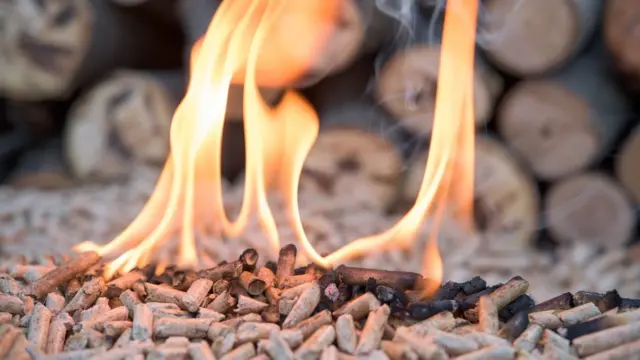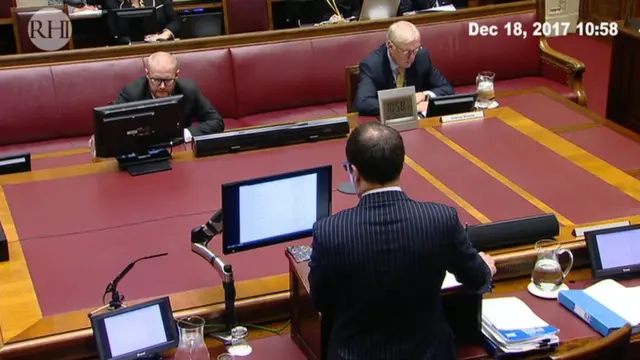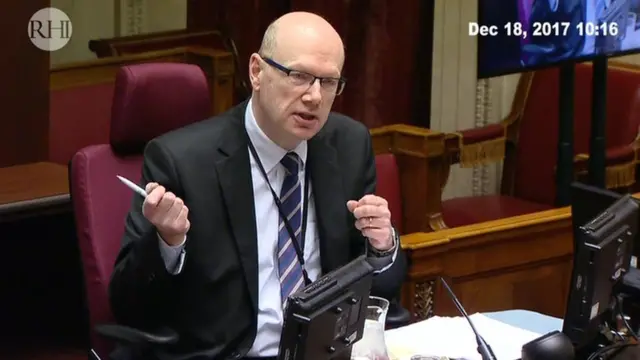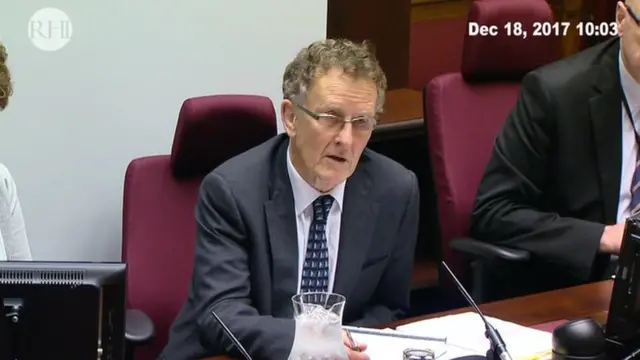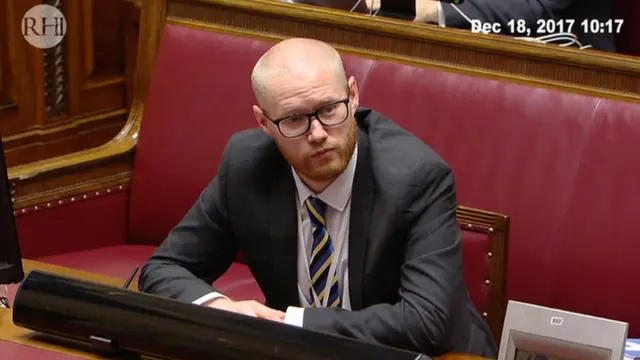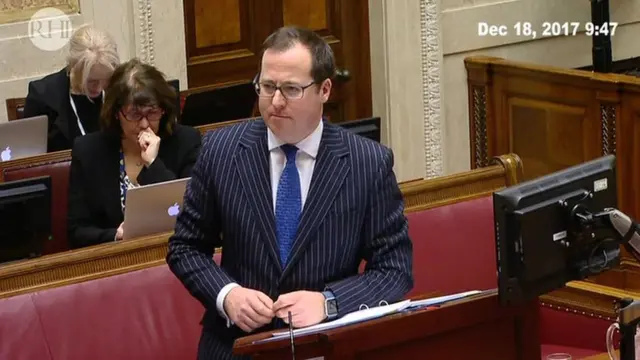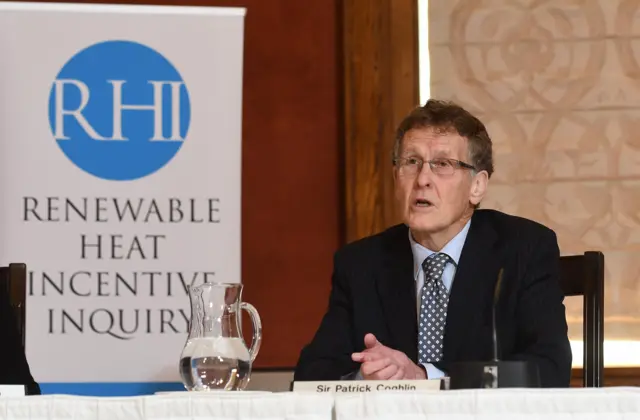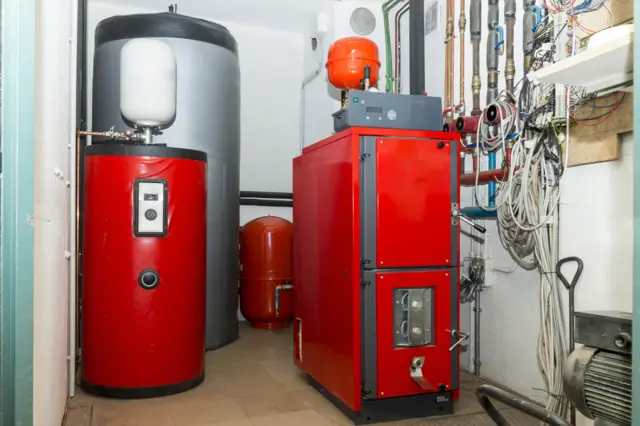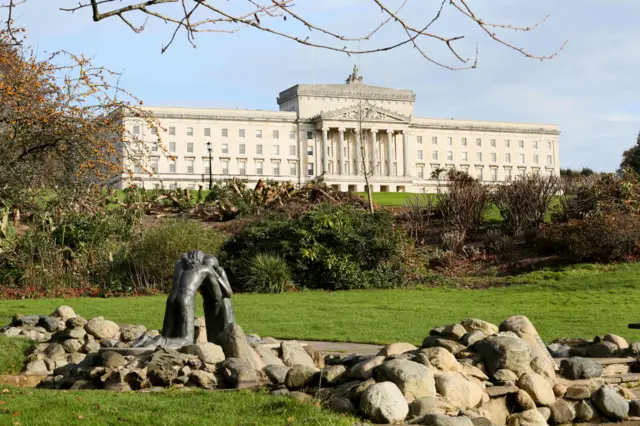'We incorrectly took consultants' advice'published at 12:35 GMT 18 December 2017
So, the subsidy on offer through the RHI scheme was 5.9p per kW/h for small biomass, but the cost of the fuel was 4.39p.
In spite of that, Mr Hutchinson wrote in a synopsis of the scheme for DETI's casework committee that there was no need for tiering of tariff because "the subsidy rate is lower than the incremental fuel cost".
 Image source, Getty Images
Image source, Getty ImagesThat clearly wasn't the case, though, and Mr Lunny asks how officials missed that fact.
The department, Mr Hutchinson says, had been relying on CEPA to point it out and had "incorrectly" accepted its advice.
He accepts that he gave "too much credence" to CEPA's recommendations.

